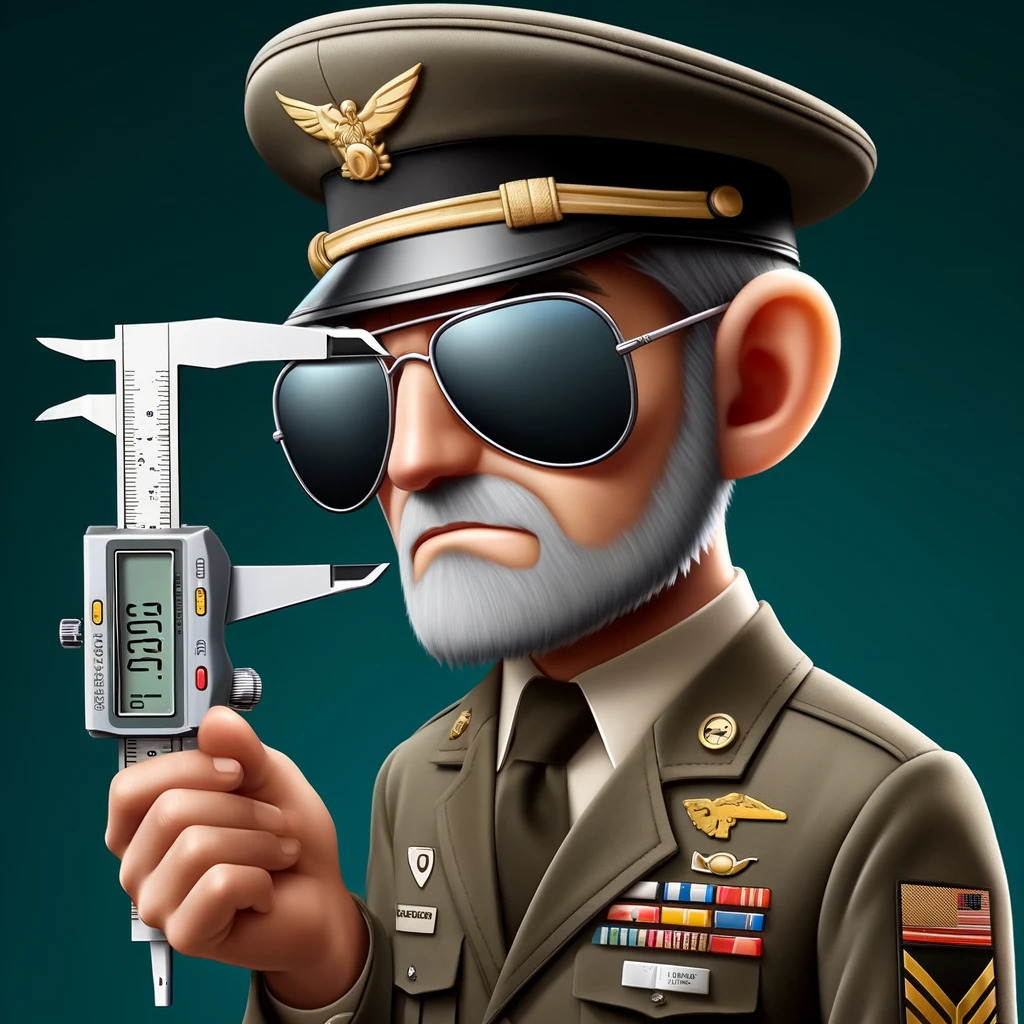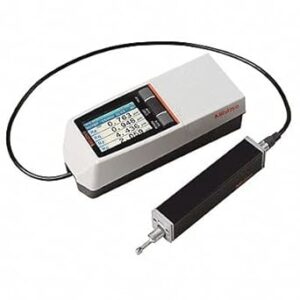In the high-stakes world of competitive boat racing, every detail counts towards crossing the finish line first. Among these critical details, the surface roughness of a boat’s hull, often measured as Ra (Roughness Average), can play a pivotal role in defining its performance.
Understanding and optimizing Ra can be the difference between victory and defeat. This post delves into the significance of surface roughness for racing boat hulls, the ideal Ra values for maximum speed, and how these can be achieved.
The Importance of Surface Roughness in Marine Performance
Surface roughness refers to the texture of a boat’s hull and is measured in micrometers. It is a critical factor in determining the frictional resistance between the water and the hull. Lower friction means higher speeds and improved efficiency, a priority in racing scenarios. However, finding the perfect balance is more nuanced than simply making the hull as smooth as possible.
The Ideal Ra for Racing Boat Hulls
While specific optimal Ra values can vary depending on the type of water, boat design, and racing conditions, a general consensus among marine engineers and racing experts suggests that an Ra value in the range of 0.2 to 0.8 micrometers is ideal for racing boat hulls. This range offers a balance between minimizing frictional resistance and maintaining enough surface texture to reduce drag caused by laminar flow separation.
The Shark Skin Phenomenon
Intriguingly, the quest for the perfect hull surface texture draws inspiration from nature. The skin of a shark, with its unique micro-structure, allows it to move swiftly and efficiently through water by reducing drag and preventing laminar flow separation. This phenomenon has inspired the development of hull coatings and treatments that mimic shark skin, aiming to achieve an Ra value that optimizes performance.
Achieving the Optimal Surface Roughness
Attaining the ideal Ra value for a racing boat hull involves a combination of materials, coatings, and surface treatments. Modern advancements include:
- Hull Coatings: Specialized coatings can reduce surface roughness and drag. These coatings are often hydrophobic, repelling water to minimize friction.
- Sandblasting and Polishing: Mechanical treatments such as sandblasting, followed by careful polishing, allow precise control over the hull’s surface texture.
- Laser Texturing: A cutting-edge technique where lasers create micro-scale patterns on the hull surface, similar to the effect of shark skin, optimizing the flow of water around the hull.
Regular Maintenance: A Key to Consistency
Maintaining the optimal Ra is not a one-time task. Regular maintenance is crucial, as factors like marine growth, wear, and damage can alter the hull’s surface roughness. Periodic inspections, cleaning, and reapplication of coatings or treatments are essential to keep the hull in prime condition for racing.
Other Roughness Parameters for Boat Hulls
While surface roughness Ra (Roughness Average) is a commonly used parameter for assessing the texture of a racing boat hull, it’s not the only measure that can impact performance. Other roughness parameters also play critical roles in optimizing a boat’s interaction with water. Let’s explore a couple of these parameters and their significance.
- Rz – Average Maximum Height
Rz measures the average maximum height of the surface roughness peaks and valleys over a specified length. It provides a more detailed picture of the surface’s texture by capturing the extremes of the surface profile. For racing boats, understanding the Rz value is crucial because it affects the laminar to turbulent flow transition. A surface that is too rough (high Rz) may induce early turbulence, increasing drag and reducing speed. Conversely, a very smooth surface (low Rz) might not adequately trigger the beneficial turbulent boundary layer that minimizes drag over the hull. Balancing the Rz parameter, much like Ra, is key to achieving an optimal hydrodynamic surface.
- Rt – Total Height of the Roughness Profile
Rt represents the total height from the lowest valley to the highest peak in the roughness profile within the evaluation length. This parameter gives an indication of the overall variability in surface texture, which can influence the flow dynamics around the hull. In racing boats, an excessive Rt value might indicate too much variability, potentially leading to increased resistance and unpredictability in water flow around the hull. Managing this variability through precise surface treatments can help maintain efficient flow conditions, enhancing speed and performance.
The Role of These Parameters in Hull Design
In the design and maintenance of racing boat hulls, considering multiple roughness parameters provides a more comprehensive approach to optimizing hydrodynamic performance. While Ra offers a general view of surface texture, Rz and Rt provide insights into the extremes and variability of the texture, which are critical for understanding how the boat will interact with water at high speeds.
Advanced Surface Treatments
To optimize these roughness parameters, advanced surface treatments and coatings are employed. Technologies that allow for precise control over the surface texture, such as laser etching or advanced material coatings that mimic biological textures, can be tailored to optimize not just Ra but also Rz and Rt values. These treatments ensure that the hull’s surface is not only smooth but also appropriately textured to reduce drag and enhance speed.
Continuous Innovation and Testing
The quest for the perfect hull surface involves continuous innovation, testing, and adaptation. Teams regularly experiment with different coatings, treatments, and maintenance schedules to find the best combination of roughness parameters for their specific racing conditions. Computational fluid dynamics (CFD) simulations, along with real-world testing, play pivotal roles in understanding how changes in surface roughness affect water flow and, consequently, boat speed and handling.
Ready to Buy? May We Suggest the Mitutoyo SJ-210 Roughness Checker
There’s a reason we often recommend Mitutoyo testing equipment. Mitutoyo is the world’s largest metrology company and their products are world class. If you are serious about hull improvements, you’ll need an instrument that is durable, repeatable, accurate, and easy to use.
The SJ-210 is handheld and offers a comprehensive solution for on-site measurements. Key features include:
- Versatile Measurement Capability: It can assess various parameters beyond Ra, making it suitable for diverse applications.
- Large, Easy-to-Read Display: The graphical interface shows detailed measurement results and analyses, enhancing usability.
- Detachable Drive Unit: Offers flexibility for measuring hard-to-reach areas, ensuring comprehensive surface assessment.
- High Data Storage: Capable of storing a substantial number of measurement profiles, facilitating comparison and tracking over time.
- Robust Design: Built to withstand the rigors of fieldwork, ensuring reliability and longevity.
- User-Friendly Interface: Simplifies operation, making it accessible to users of all skill levels.
- Comprehensive Analysis Options: Provides immediate insights with a variety of evaluation and analysis tools built into the device.
Ideal for ensuring the optimal Ra for boat hulls or any surface where precision roughness measurement is crucial, the Mitutoyo SJ-210 stands out for its accuracy, durability, and user-centric design. You can buy an SJ-210 through Mitutoyo’s Amazon Store and have it the next day, covered by warranty.
Slow is Smooth and Smooth is Fast
In the competitive world of racing boats, optimizing every aspect of design and performance is crucial. The surface roughness of the boat hull, measured by Ra, Rz, and Rt, is a critical factor that influences speed and efficiency. By aiming for an Ra value between 0.2 to 0.8 micrometers, employing modern materials and techniques, and maintaining the hull meticulously, racing teams can ensure their boats glide through the water with minimized resistance and maximized performance. As technology advances, the quest for the perfect surface roughness continues, with innovation and precision leading the way to victory.
When it comes time to upgrade the engine on your race boat, check out Allmond Marine, makers of the strongest rocker arms and valvesprings for the Big Block Chevy.


